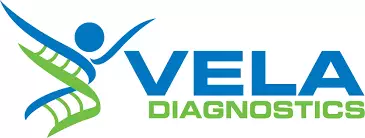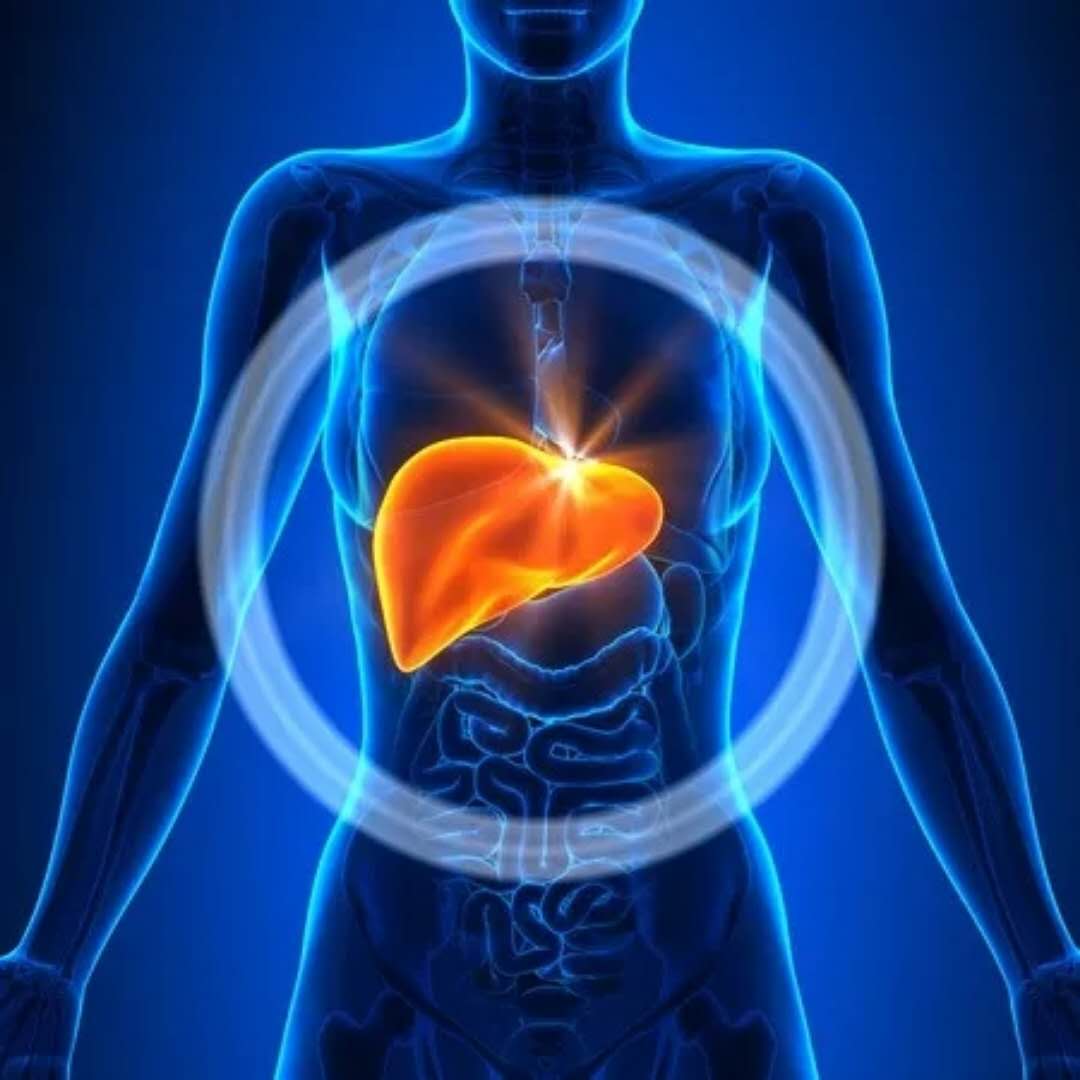Summary of research progress in the field of liver diseases (03.16)
March 16, 2018 Source: WuXi PharmaTech
Window._bd_share_config={ "common":{ "bdSnsKey":{ },"bdText":"","bdMini":"2","bdMiniList":false,"bdPic":"","bdStyle":" 0","bdSize":"16"},"share":{ }};with(document)0[(getElementsByTagName('head')[0]||body).appendChild(createElement('script')) .src='http://bdimg.share.baidu.com/static/api/js/share.js?v=89860593.js?cdnversion='+~(-new Date()/36e5)];1. Hepatitis C sequencing reagent has clinical potential
Hepatitis C is one of the great hidden dangers to human health. According to the World Health Organization, about 3% of the world's population is infected with hepatitis C virus (HCV), and more than 170 million people have hepatitis C. Hepatitis C is also the fourth largest infectious disease in China, with approximately 10 million people infected. Most people with HCV develop chronic liver disease and even develop cirrhosis and hepatocellular carcinoma. About 500,000 people die each year from liver diseases associated with hepatitis C.
Hepatitis C is divided into six genotypes (GT1-6), of which genotype 1 (GT1) is the most common type in Europe, accounting for 66% of the total number of hepatitis C patients in Europe. For antiviral therapy, HCV genotypes and their subtypes (GT1a/1b) need to be identified to select treatment regimens and manage patients, so high-resolution systems are needed that can perform deep sequencing and interpretation of relevant genomic regions. Recently, a paper published in Scientific Reports described a study evaluating the effects of deep sequencing analysis of the non-structural region of HCV 5B (NS5B) using Sentosa SQ. Sentosa SQ is Vela Diagnostics' HCV detection reagent based on Next Generation Sequencing (NGS) technology for in vitro diagnosis of HCV infection in human plasma or serum samples. It was CE marked in 2016.

The clinical samples in this study were from patients treated with anti-HCV. The researchers compared the results of Sentosa SQ with the results of traditional Sanger sequencing. Sentosa SQ correctly identified 73.9% of HCV GT1 subtypes (including 94.4% GT1a and 100% GT1b), 36.4% GT2, 100% GT3, 94.1% GT4, 100% GT5a and all GT6 subtypes And 4 recombinant strains 2k/1b classified as subtype 1b. These results show that Sentosa SQ is highly consistent with traditional Sanger sequencing for the NS5B region, and the difference is mainly found in the HCV GT2 subtype. Overall, the results of deep sequencing based on Sentosa SQ in this study can provide genotype/subtype information needed to customize anti-HCV therapy. Further improvements, such as analysis of longer NS5B fragments, expansion of reference strain databases for subtype comparisons, etc., will help it be used for HCV genotyping and subtyping in future clinical practice and research. Preferably.
2. The clinical trial results are positive! Compounds are expected to become new drugs for NAFLD and NASH
Nonalcoholic fatty liver disease (NAFLD) is the most common chronic liver disease in many countries. There are approximately 75 to 100 million NAFLD patients in the United States, and chronic liver disease is also one of the major burdens in China. The treatment is very limited. NAFLD includes a range of chronic liver diseases, of which nonalcoholic steatohepatitis (NASH) is the most aggressive type. The etiology of NAFLD and NASH is still not fully elucidated. The current standard of care is weight loss and healthy diet, and there is no FDA-approved treatment. Recently, researchers from the University of California, San Diego (UCSD) School of Medicine reported that a non-tumorigenic variant of endocrine-gastrointestinal hormone NGM282 can significantly and rapidly reduce the liver of patients with NAFLD and NASH at low doses. Fat content. Related papers have been published online in The Lancet.

â–²Image source: 123RF
NMG282 is a non-tumorigenic variant of fibroblast growth factor 19 (FGF19), an endocrine gastrointestinal hormone that regulates bile acids and is responsible for glucose and lipid metabolism in vivo. Researchers believe that NMG282 can improve hepatic steatosis and inflammation and fibrosis associated with NAFLD and NASH.
In a randomized, double-blind, placebo-controlled phase 2 clinical trial, 166 patients aged 18-75 years from the United States and Australia participated in the trial. They confirmed NAFLD or NASH by tissue biopsy with a liver fat content of at least 8%. Participants were randomly assigned at a ratio of 1:1:1, receiving 3 mg or 6 mg of NGM282 per day or a placebo injection, and testing every two weeks during the three-month test period. To measure liver fat loss, the researchers used liver magnetic resonance imaging (MRI) with a proton density fat fraction. This imaging technique is extremely sensitive to changes in liver tissue compared to traditional methods of evaluating tissue samples under a microscope. The results showed that both the 3 mg and 6 mg doses of NGM282 allowed the liver fat content to change rapidly and continuously. Study participants were generally tolerant to NMG 282 without life-threatening events or patient death.
"Patients with NAFLD and NASH have limited treatment options for many years. Our Phase 2 study shows that NGM282 has the potential to alleviate the condition of these patients. This is a promising future," senior author of the paper, UCSD NAFLD Research Center. Dr. Rohit Loomba, Director of Hepatology, UCSD Medical School, said: "We are continuing to develop this compound for the treatment of NASH-associated fibrosis. We hope to further study the liver histology endpoint of this hormone in biopsy-proven fibrotic NASH patients. The efficacy of the aspect."
3. Phase 2 results are gratifying, NASH new drug prospects are promising
Recently, Australian microbial pharmaceutical company Immuron Limited announced the top-line results of a phase 2 clinical study evaluating the safety of two doses of the new drug IMM-124E in patients with nonalcoholic steatohepatitis (NASH). And validity, and provide a conceptual verification of its unique mechanism of action (MoA) in human subjects.

There are approximately 16 million NASH patients in the United States, and there is still a huge market demand for the corresponding drugs. Fatty liver disease is usually caused by an inflammatory response in the liver caused by obesity, heredity and poor diet. Immuron attempts to improve patient conditions by using specific antibodies to modulate intestinal bacteria. IMM-124E is a naturally occurring polyclonal antibody biologic that regulates endotoxin lipopolysaccharide (LPS) and other bacterial components to prevent and treat liver inflammation and fibrosis in NASH. The IMM-124E drug candidate was developed to target LPS in the gut without being transferred to the portal circulation. It has a dual mechanism of action that promotes the regulation of T cells to suppress inflammation in diseased areas without inducing extensive immunosuppression and without negatively affecting the basic microflora population. Its safety also allows for combination with other treatments. To date, the safety of IMM-124 has been satisfactory.
In this phase 2 clinical study, a total of 133 biopsies confirmed NASH patients received two doses of IMM-124E (600 mg and 1200 mg) or placebo for 6 months. Studies have shown that IMM-124E is a first-rate oral antibody therapy that results in a statistically significant decrease in serum LPS levels in NASH patients. Serum transaminase (ALT) was also significantly reduced during the 6-month treatment period that met the study endpoint, and the proportion of patients with a serum ALT reduction of at least 30% was higher compared with placebo. Other biomarkers associated with NASH and liver damage, including aspartate aminotransferase (AST) and cytokeratin-18 (CK-18), etc., also showed a decrease after treatment with IMM-124E. IMM-124E is well tolerated and supports the use of higher doses and longer treatment times in future clinical trials.
“This study does conceptually validate the efficacy of this first-in-class drug candidate,†said Dr. Arun Sanyal, Professor of Gastroenterology and Hepatology, Virginia Commonwealth University. “We are encouraged by the extremely high safety of the drug IMM-124E, which can reduce the LPS-associated inflammatory load and improve the liver enzyme index. The potential clinical application of this drug candidate is very exciting.â€
Reference materials:
[1] A novel standardized deep sequencing-based assay for hepatitis C virus genotype determination
[2] Gastrointestinal hormone measurably improved symptoms of non-alcoholic fatty liver disease
[3] Immuron Reports Positive Results in NASH Clinical Trial
Original Title: Summary of Research Progress in the Field of Liver Diseases (No. 35)
YT-60
YT-60
Shenzhen Sunshine Technology Co.,Ltd , https://www.yatwin.com